Hello everybody!
Yes, against my expectations, there seem to be a need for something like ‘supplement’. In this case, such is prompted by belittling of ‘author’s (mine) idea about corridors’ (through the Ukrainian integrated air defence system, IADS) - and how did I show the ‘corridor/s’ created by the Russians through the Ukrainian IADS to bring their cruise missiles deep over Ukraine (and then, and between others, to strike Kyiv so heavily on 8 July).
***
‘Full revelation’: for me, the strategic- and operational levels of modern air warfare appear very simple. Almost as simple as a wheel.
I do have a problem: ‘nobody can really say how, but the wheel works’.
Thus, for me, the bigger question is how to explain this. Especially: how to explain ‘how does a wheel work’ - in a way understandable for readers? …and in a way that readers don’t fall asleep while reading the explanation?
This is why I’m often trying to simplify my explanations. For some, this is then resulting in ‘wrong’ conclusions - which is then earning me ‘dubious’ and ‘controversial’ reputation…
However, I think that the people exercising this kind of criticism (no ‘critique’) are simply assuming I didn’t do my homework. My experience is that people tend to think that way because they didn’t do their own.
***
The primary issue in modern air war is that of how to reach a target protected by an IADS?
…where ‘IADS’ not only stands for ‘integrated air defence system’, but, and more specifically, for ‘dense-, inter-lapping air defence system, consisting of mutually-complementing- and supporting air defence systems that can destroy the mass of incoming aircraft and missiles’.
Correspondingly, all the major air forces around the world - including dozens, if not hundreds of ‘brains’, ‘strategists’ paid to think about the future of air warfare - are endlessly busying themselves with trying to develop ideas ‘how to suppress and/or destroy even the most complex enemy IADS’. You believe it or not: ‘Cold War’ or ‘no Cold War’, dozens of billions of US$ and Euros of your and my taxpayer’s money are spent on the search for solutions - and that every single year. Is one of reasons why nowadays there are so many ‘stealth’ aircraft and, meanwhile, even ‘stealth’ weapons in operational service, or at least undergoing development around the World.
***
Essentially, there are five ways of fighting an IADS:
- direct attack;
- manoeuvring;
- electronic countermeasures;
- aircraft and/or weapons with low radar cross section (see ‘stealth’, with which we’re actually back to ‘direct attack’), or
- by a combination of all the four methods mentioned above.
***
Direct attack and manoeuvring was something the US and Israeli air power were doing as first, back in the 1960s and up to around 1972: they would try to fly very low, use terrain-masking, and attack radars and SAMs from unexpected directions.
….approximately as shown on this diagram from the booklet ‘Ground-Based Air Defences at Wars in Vietnam and the Middle East (1965-1973)’, published (in Russian, of course, and for internal use only) by the Soviet MOD, back in 1980.
…or, they would attack simultaneously from multiple directions, like on this diagram from the same book:
Problem?
Regardless how sophisticated, these methods of operations were exposing the aircraft to one or the other form of enemy air defences – and thus resulted in unacceptably high losses.
Correspondingly, they tried with electronic countermeasures. Essentially: packed strong emitters of electronic countermeasures into ‘pods’, installed these on aircraft, and then flew the aircraft into the enemy IADS.
The calculus was that the countermeasures (‘jamming’) emitted by pods would work well-enough to cause the enemy SAMs to miss their targets. Like illustrated by another diagram from the same Soviet book:
Problem?
Electronic warfare is like a game of ping-pong: one day, the one side has advantage, the other the other side. Sometimes the pods (and resulting ‘pod formations’) have worked, other times not. There was never 100% certainty about which side is going to prove superior on the given day: have the pods been modified to counter the latest capabilities of the enemy IADS, or has the enemy IADS been modified to counter the latest capabilities of the jamming pods, have all the involved crews the nerves to maintain formation while targeted by, for example, multiple SAMs….? Certain was only: when pods didn’t work, or the ‘pod formation’ was disturbed (whether by weather or, for example, enemy ‘MiG’ interceptors, or somebody’s nerves) - there were always losses.
Therefore, by 1972, the US Air Force began to combine different methods. Whenever striking a target protected by the North Vietnamese IADS, it would first send its ‘Wild Weasel’ aircraft. These were specially modified F-105G Wild Weasel and F-4D/G Phantoms, carrying jamming pods and anti-radar missiles.

They would approach at low altitude and fly direct strikes on North Vietnamese SAMs.
Wild Weasels were followed by high-flying ‘chaff bombers’: F-4Cs or F-4Ds carrying ‘chaff bombs’. Bombs - actually: cluster bombs - releasing chaff to disrupt the work of North Vietnamese radars.
What’s chaff?
Chaff is (usually) thin strips of aluminium, dispersed to produce fake radar signals, thus disrupt or even blind enemy radars. Works something like this:
The combined effects of strikes by Wild Weasels and the work of chaff bombers can be described as ‘punching open a (safe) corridor through the enemy IADS’. Establishing an area along which – at least temporarily – it was ‘safe’ (that’s relative) for the US bombers to approach their targets and bomb these.
***
Now, many are likely to jump to the conclusion like, ‘but, that’s Vietnam War, that was 50 years ago… that’s obsolete and irrelevant’.
Wrong.
The concept of ‘punching open a safe corridor through enemy IADS’ remains relevant until this very day. And one can see it applied in a number of conflicts ever since. Arguably, the Israelis have failed to punch open any kind of safe corridors through the Egyptian and/or Syrian IADS’ in October 1973: they’ve tried to do so against Syria, on 7 October, but suffered heavy losses without much success – and then their air force was ordered to do something else instead (and then suffered even more losses because the Egyptian and Syrian IADS remained intact). They also didn’t try to do this in 1982 over Lebanon – but this time because their target was not something behind the Syrian radars and SAMs: their targets were the Syrian radars and SAMs. And most of these were so close to their positions that they killed them by their own artillery.
On the contrary, when the USA (and allies) went after Iraq, on 17 January 1991, at the start of the Operation Desert Storm, they also first opted for ‘punching open a safe corridor through enemy IADS’. They first deployed their helicopters to knock out two Iraqi early warning radars, then sent in a big ‘swarm’ of drones to prompt the Iraqi SAMs behind these two radars to spend all of their missiles, and then sent their aircraft through the resulting ‘corridor’ in the Iraqi radar- and SAM-coverage.
The Americans (with some British help) repeated the exercise in Iraq of 2003, again.
Where they couldn’t act precisely this way – which then caused them a lots of problems – was over Serbia in 1999, because the Serbs learned the Iraqi lessons and didn’t operate their IADS in the classic, ‘PVO-style’. They were constantly moving their SAMs and radars, powering them up at random positions, at random intervals, for between 30 seconds and 5 minutes, and then moving them again. Nevertheless, NATO still reacted by ‘establishing and maintaining safe corridors through enemy IADS’: it deployed aircraft armed with anti-radar missiles or aircraft packed with electronic countermeasures along selected routes, and then routed its bombers into Serbia along the routes – i.e. corridors – maintained/protected by such aircraft, and that regardless of what the Serbs were doing. If any Serbian radar or SAM-site then powered up, and was close enough to represent a threat, it was countered by the means of electronic warfare and anti-radar missiles in ‘ad hoc fashion’.
Another example ‘when they didn’t do that’ was that of the US (and NATO) strike on Assad’s chemical warfare facilities in Syria of April 2018. The Americans and allies were not after killing his IADS, nor Assad in person, or anything else - but: exactly three facilities for production of chemical weapons. Therefore, they distracted the Syrians by sending their fighter-bombers from Europe, i.e. from west/north-west. When the Syrians turned in that direction, they were ‘stabbed in the back’ by cruise missiles launched from warships underway in the Red Sea (i.e. from the South) and B-1 bombers underway over Iraq (i.e. from the East).
Now, perhaps people still think that the Russians and Ukrainians do not care about such experiences. And that this air war in Ukraine is nothing special, and air power not playing any kind of a decisive role and whatever else of that kind… we’ve all heard it by now, dozens of times. And, hand on heart: it’s rather unlikely anybody serving with the PSZSU or the PVO-part of the VKS, these days, knows about ‘some old, scurfy book published in Moscow of 1980’... BUT: be sure, the instructors teaching people nowadays running the PSZSU and the PVO-part of the VKS, 20 or so years ago, knew about these books, and taught them correspondingly. Therefiore: they have taught their students to act that way, too.
In grand total: the core thinking about ‘punching open that corridor through the enemy IADS’ is still dominating the game.
Sure, the PSU is likely to appear as not having force of fighter jets equipped well-enough to operate that way. If trying, It would get cut to pieces by the Russian MiG-31s and Su-35s – because these are equipped with superior air-to-air missiles, you think?
However, it does. It’s just doing that by other means. After all, we’re having the years 2022, 2023, and 2024 and not everything must be done in exactly the same fashion like over North Vietnam of 1972. With other words: yes, ‘even’ the PSU is first trying to ‘punch open corridors through the enemy IADS’. Have tried to explain this, to some detail, in Saints, Thunders & Lightnings, Part 4, the last year.
Indeed, even the Russian Air-Space Force (VKS) is operating that way over Ukraine, and that ever since 24 February 2022. For example: when assaulting Antonov IAP, outside Hostomel, late that morning, the Russians deployed massive volumes of electronic countermeasures and anti-radar missiles to ‘punch a safe corridor’ through the Ukrainian IADS, roughly down the Dnipro from the border to Belarus all the way to Kyiv. Only then did they send their helicopters down that corridor (see the right side of the map below).
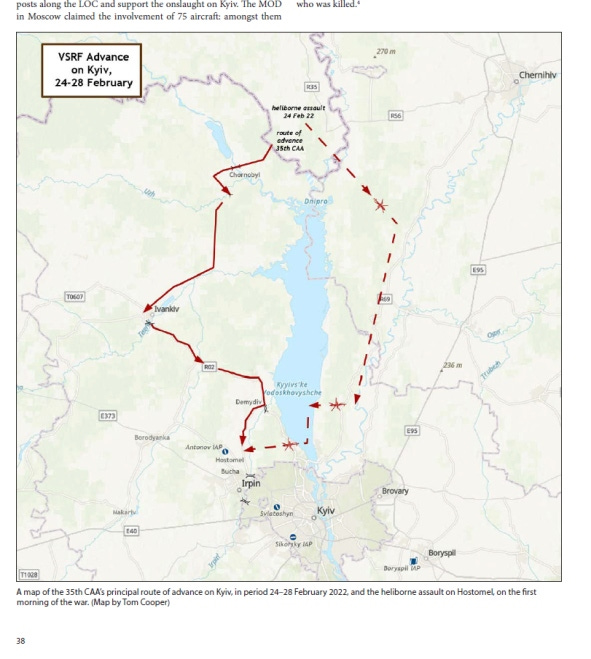
‘Problem/s’:
1.) one can’t see electronic countermeasures. Thus, nobody has seen them.
2.) Incoming Russian helicopters were captured on videos. Everybody has seen them. But,
3.) escorting Su-30s, Su-34s, and Su-35s were not seen. Nobody has seen them.
Thus, people are jumping to the conclusion this was a ‘helicopters only’ operation.
It was not. Electronic countermeasures were invisible, as always, while fighter-bombers were flying high and ‘behind’ the helicopters, outside the sight of cameras (and the weather was not particularly clear: actually, there were lots of clouds, and thus high-flying aircraft were not to be seen from the ground). And, they could remain ‘behind’ helicopters because their R-77 air-to-air missiles and Kh-31 anti-radar missiles offered them enough range to act against anything Ukrainian that threatened helicopters (for example: the PSU’s radar station at Antonov IAP was targeted by Kh-31s… and Ukrainian air defences there were then assaulted by Su-25s, Ka-52s and Mi-35s).
Sure, ever since, we’ve seen next to nothing of that. Actually, better expression would be: we’ve seen a lot less evidence for the Russians (and Ukrainians) creating such safe corridors. ‘Few photos of Kh-31-wreckage, here and there, from time to time’….Simply because neither side is keen to publish videos revealing too much about its tactics. Shouldn’t mean that such operations are not run – by both sides. Or that they are not run by other means. Means like AGM-88s, ATACMS, ADM-141s, Storm Shadows, etc. (as, once again, explained here:
Saints, Thunders & Lightnings, Part 4
Hello everybody! To conclude this series of features, let me start with the question with which I’ve ended the Part 3: how do you ‘outfight’ the S-400? For the start, and everybody’s orientation, the map providing an approximate reconstruction of the Russian integrated air defence system for southern Kherson, southern Zaporizhzhya and northern Crimea, as…
***
Conclusion is on hand: ‘punching open a corridor through the enemy IADS’ remains the fundamental principle of operations against enemy IADS – and that by both sides in the Ukraine War.
Unsurprisingly, explanations like, ‘but there was a technical glitch’ or ‘enemy cyber-attacked our air defences’ and similar… ho-hum… Yes, perfectly possible. But, because word is that this war is going on for slightly longer than 1-2 days (…who can ever say…?): rather unlikely.
Why?
In the case of the Russian strike on Kyiv, on 8 July, this is obvious at least from two facts:
1.) A day earlier, the Russians have ‘tested’ the corridor they have created through the Ukrainian IADS in the Poltava area. It’s merely so that the gent describing the effects is using different vocabulary and explaining it in different fashion than I do. Moreover,
2.) a day later, the Russians then used the same corridor to strike targets in the Poltava area again. (….and, very likely, the Russians repeated the exercise at one or another opportunity over the last three-four days, too - because in cases of this kind, they’re the first to continue exploiting the resulting opportunities as long as possible).
Foremost: as explained in the Part 3, the Russians aren’t drilling this corridor free for 1, 2, 3 days, but for 3-4 months already.
Which, sorry, is either
a) collapsing the ideas like ‘technical glitch’ or ‘cyber attack’ like houses of cards, because Ukrainians have had enough time to ‘do something’, or
b) is exposing the Ukrainians as incompetents in all these fields, because they didn’t.
Considering such severely centralised systems of command like Syrsky’s or Oleshchuk’s are offering the advantage of a very rapid reaction to major crises, I tend to lean towards ‘neither’.
…except, of course, the Mobutu Syndrome has reached such proportions that it’s meanwhile completely disabling large part of the PSU.
Your choice.
***
One way or the other: by now it must be obvious (it is obvious… at least to the sparrows on my roof) that the Russians have created a corridor in the Ukrainian IADS, somewhere in the Poltava sector, and the PSU hasn’t got a solution for that on hand.
How am I then marking that corridor or one or the other of my dilettantish maps: WTF cares?





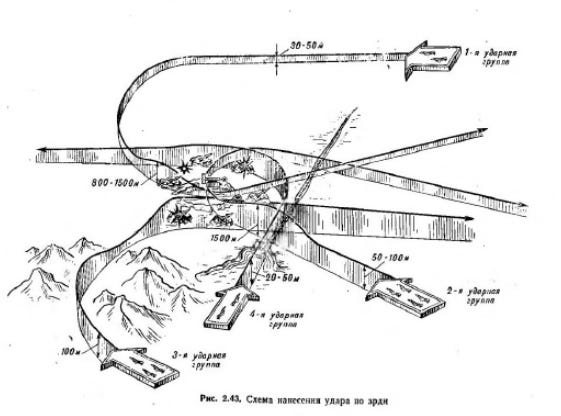
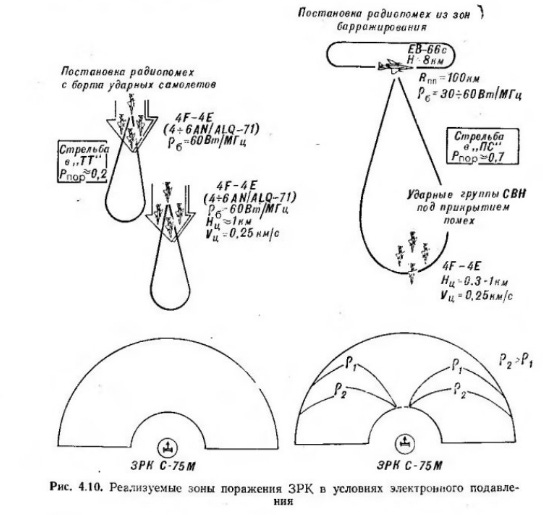
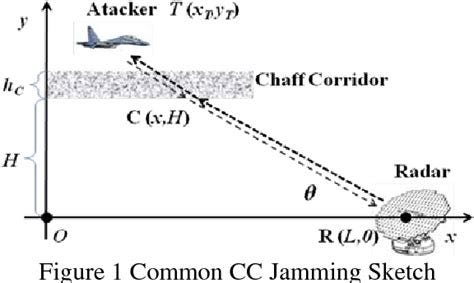
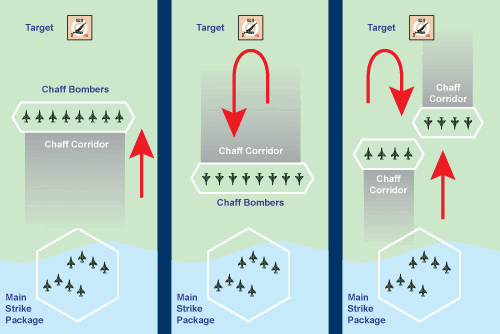
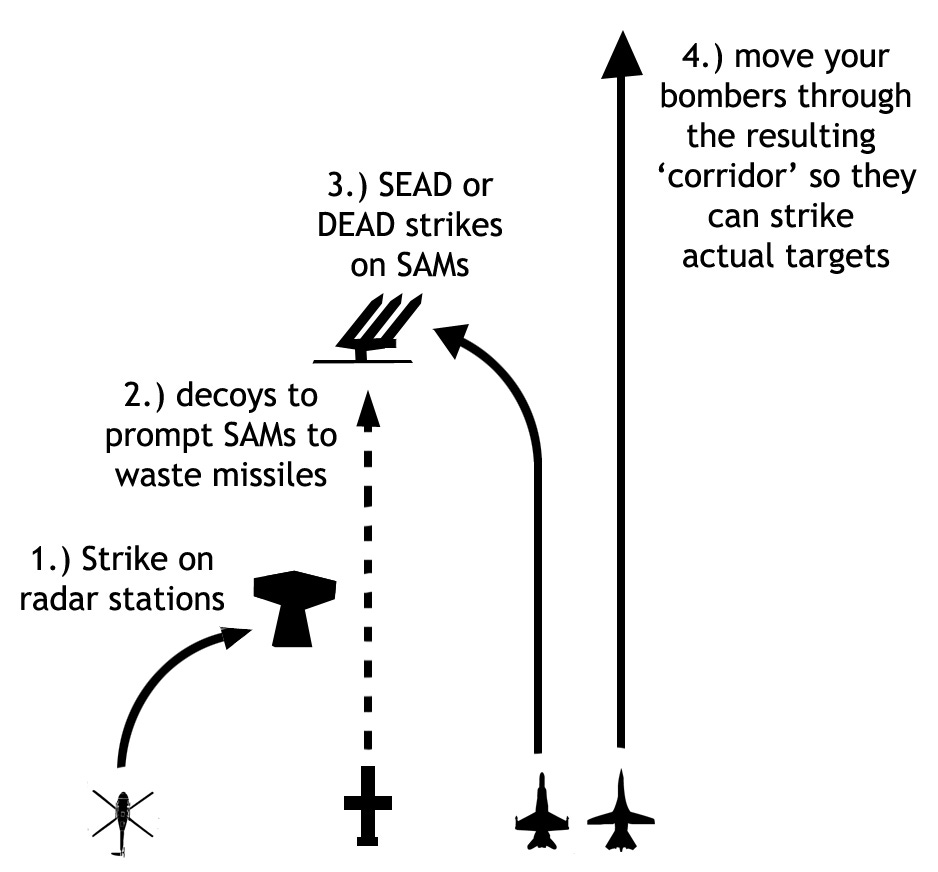


Superb article!
I was afraid you would be ridiculed for the corridor picture and description since it oversimplified the “wheel”. Hopefully this article will indicate to most how complicated air warfare really is.
For some clear-up:
-The NATO fire 30-50 HARM missiles daily at the Serbs radars and radar-decoys. That's how they can keep suppress the Serb SAM systems. Take note: the Serbs had two or three generation older SAM's ( SA-3 (S-125 Neva/Pechora) and SA-6 (2K12 Kub)) against the up-to-date NATO forces (top-notch jammers, towed decoys, HARM missiles, JSTAR, etc.). That's how they still manage to shoot down several planes (most notable an F-117A).
-Russia try the same tactics in Ukraine at 2022 as the NATO at 1999 in many ways, but they run out of the Kh-31P's around a month or two after the war begins. Take note, Ukraine in 2022 had more modern (still not up-to-date) SAM systems, like the S-300PT or PS (which still represent the 1970 and '80 era). Yet the Russians cannot penetrate and suppress the Ukrainan air defense completely. Even the S-300PT are not that easy target against a "simple" SEAD attack like the Serbian Neva's more than two decade earlier.